A paper has been published recently in the Journal of Indo-Judaic Studies of which Professor Emeritus of Florida International University Nathan Katz is the editor. In this paper an attempt has been made to show the parallels between five persons of the Biblical tradition with five persons of the Hindu tradition. Among these five, one is Cain of the Bible and Indra of the Hindus.
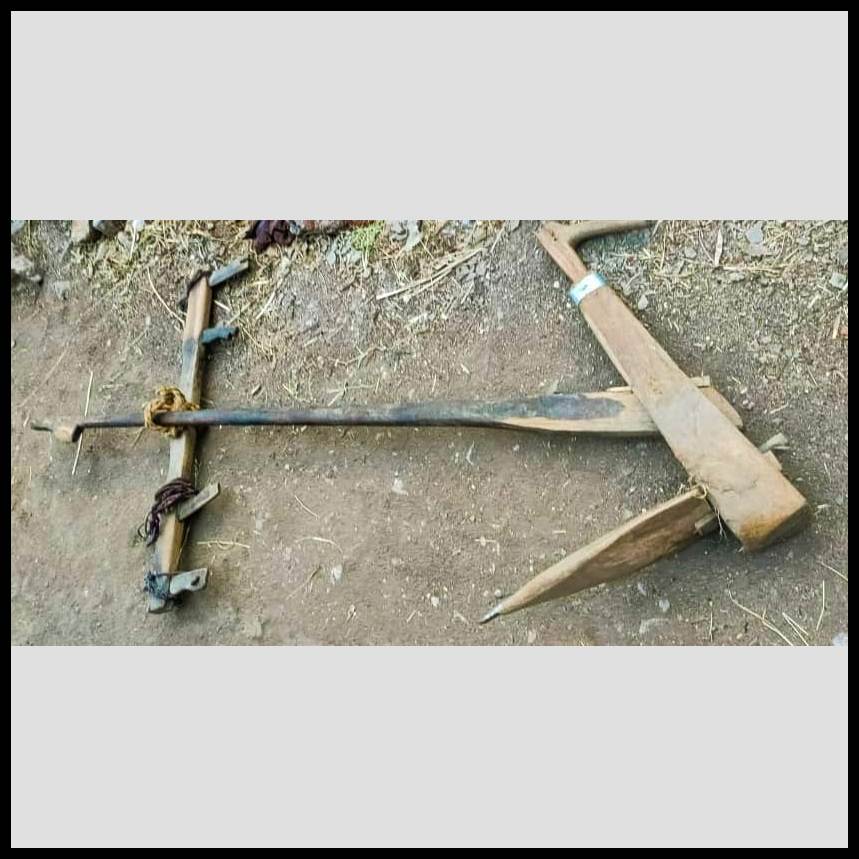
Biblical Cain and Hindu Indra were
Bible | Abel | Cain | Herdsman | Agriculturist | Rig Veda | Indra
First, we consider the context. The Bible says that “Abel was a keeper of sheep, while Cain was a tiller of the ground” (Genesis 4.2). This indicates a transition from animal husbandry to agriculture. Similarly, the Rig Veda says “Ploughing and sowing barley, O ye Asvins, milk out food for men” (1.117.21). Asvins were colleagues of Indra. Thus, we can say that Indra was involving ploughing and agriculture.
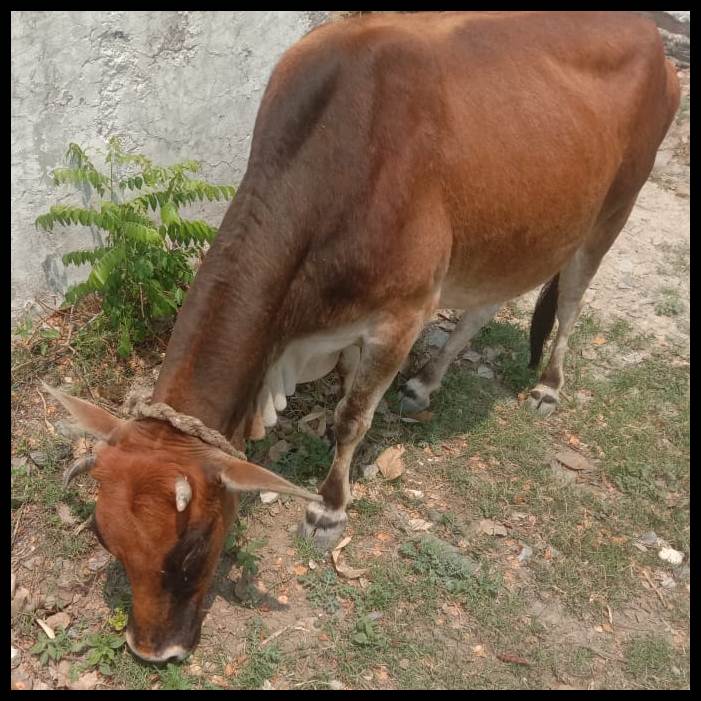
Secondly, another Hymn of the Rig Veda says “O Indra make us win spoil of cattle.” This “spoil” was from Vritra. This means that Vritra was a herdsman. This shows that Indra was an agriculturist as indicated in ploughing and sowing, while his opponent Vritra was a herdsman because his cattle were won by Indra. Therefore, in both stories the conflict is between an agriculturist and herdsman.
Cain| Qayin | Spear | Lance | Bronze | Iron | Indra | Metal | Thunderbolt
Both stories tell off development of the metals. The word “Cain” derives from the Hebrew word “qayin” which means spear or lance (Strong’s 07014, 07013). The Jewish Encyclopedia says that descendants of Cain invented the art of working bronze and iron (Jewish Encyclopedia, Kenites, 1906). This indicates that Cain developed metalworking. Similarly, Rig Veda says that the “Indra, Thou heldst in thine arms the metal thunderbolt” (1.52.8). Although the name “Indra” does not mean “thunderbolt,” yet, Indra is so deeply connected with thunderbolt that we considered the spear of Cain to be parallel to the thunderbolt of Indra. Thus, both stories talk about some development of metals and the weapons associated therewith.
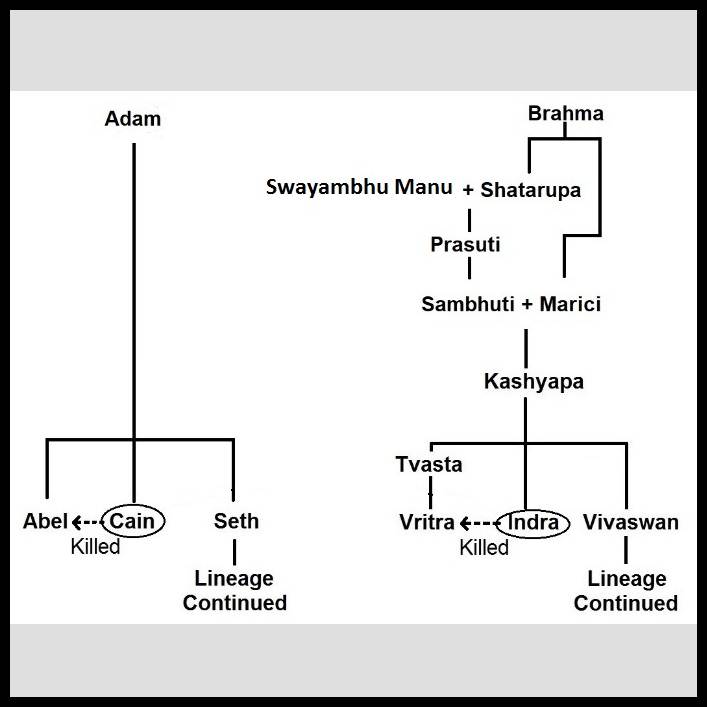
The Cain killed his brother Abel while Indra killed his nephew Vritra?
Genealogy| Bible | Abel | Cain | Seth | Hindu Tradition | Swayambhu Manu | Tvasta | Indra | Vivaswan
The Second point is of genealogy. According to the Bible, Abel, Cain and Seth were three brothers. Among these Cain killed Abel and the lineage continued from the third brother Seth. In the Hindu tradition the story is little more involved. Swayambhu Manu and Marici were brothers. Marici had three grandsons Tvasta, Indra and Vivaswan. Vritra was son of Tvasta. The Hindu story revolves between three persons Vritra (son of Tvasta), Indra and Vivaswan just as the Biblical story revolves in the three persons Abel, Cain and Seth. A distinction is that while in the Bible the three were direct sons of Adam; in the Hindu narrative these were not direct descendants of Swayambhu Manu, whom we consider parallel to Adam, rather they were descendants of his brother Marici. Another distinction is that while Cain and Abel were brothers in the Bible; Indra and Vritra were uncle and nephew in the Hindu tradition. So, we have these two distinctions, while the overall picture is quite similar.
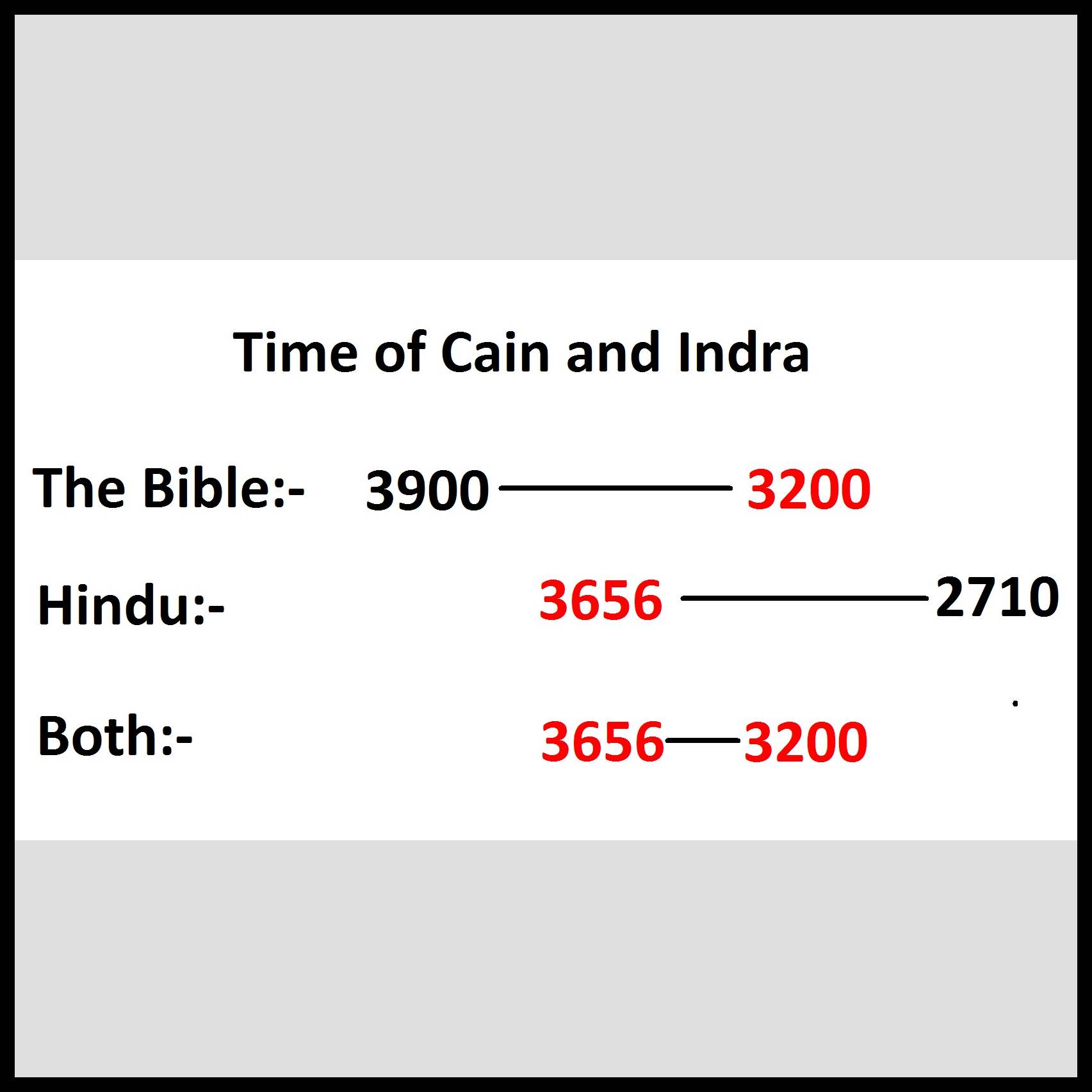
Cain and Indra had a common time between 3656 and 3200 BC?
Cain |Lord Buddha | Indra | Thomas Trautmann | William Jones
Now we consider the time of these two persons. According to the Bible timeline, the time for Cain is between 3900 to 3200 BCE. The Hindu tradition does not give us a specific time for Indra. However, we can make an estimate from genealogy. Lord Buddha was born in 470 BCE. William Jones has estimated that the number of generations between Buddha and Vivaswan was 118. The mean length of generation was 27 years where as the mean length of a reign was 19 years according to Thomas Trautmann. Taking these as the upper and lower bounds, we can arrive at the time for Indra between 3656 (470+108×27) and 2712 (470+118×19) BCE.
The Biblical timeline moves from 3900 to 3656 to 3200 BCE. The Rig Vedic timeline moves from 3656 to 3200 to 2710 BCE. The period of 3656 to 3200 is common to both timelines and we consider these events to have taken place at approximately the same time.
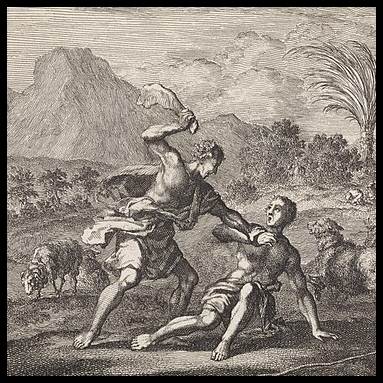
Bible | Cain | Abel | Killing | Mahabharata | Indra | Thunderbolt | Vritra
The next point is the narrative itself. The Bible says “Cain brought some of the fruit of the ground for an offering to the Lord. But Abel brought some of the firstborn of his flock. And the Lord was pleased with Abel and his offering, and was not pleased with Cain” (Genesis 4:3-4). The rejection of his offering led Cain to getting angry. He called Abel to a field and killed him. The killing also take place in the Hindu tradition as well.
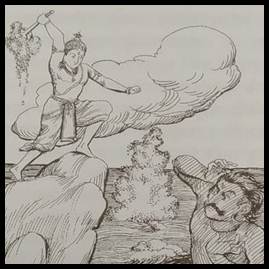
Agriculturist Indra killed herdsman Vritra?
The Mahabharata says that “Indra… threw at Vritra that mass of froth blended with the thunderbolt. And Vishnu, having entered within that froth, put an end to the life of Vritra” (Mahabharata 5:10:39). Just as Cain killed Abel, similarly, Indra killed Vritra.

Cain settled in the land of Nod after killing Abel.
Cain| Nod | Mahabharata | Indra | Mansarovar
After the killing, Cain was banished and “he went away from the presence of the Lord and settled in the land of Nod” (Genesis 4.16).
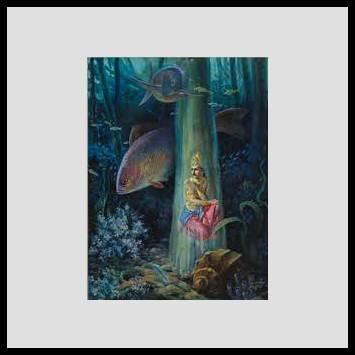
Indra reached the stem of lotus plant in the water of Mansarovar after killing Vritra?
In parallel, the Mahabharata says that after Indra had killed Vritra, Brahma-hatya (the goddess of death) presented herself. Then Indra gave up the title of King and reached the stem of lotus plant in the water of Mansarovar (Mahabharata 12:342:42). Therefore, just as Cain was banished and he went and lived in another place; similarly Indra was presented by the goddess of death and he went out and lived at another place.
Cain| Qayin | Spear | Lance | Abel | Hebel | Vapour | Indra |Thunderbolt| Water
The name Cain derives from the Hebrew word “qayin” which means spear and lance as discusses above; while the name Abel derives from the Hebrew word “hebel” which means vapour. In parallel, Indra is associated with thunderbolt and we consider the name thunderbolt to be embedded in the name Indra. The Rig Veda further says “Thou smotest Vritra … Let these life-fostering waters flow” (Rig Veda 1:80:4). So Indra killed Vritra and let the waters flow. The Sanskrit word for water is “apah” and it means vapour as well. Therefore, the name Abel means vapour; while Vritra was killed and the vapour was loose. Therefore, we consider these names to be parallel. However, we do not find parallels between the names Seth and Vivaswan and Nod and Mansarovar. We consider these to be distinct.
Cain | Sinner | Hindu tradition | Rig Veda | Valmiki Ramayana | Vritra
The last point is the theological construct. The Bible clearly portrays Cain as a sinner. It says “And now art thou cursed from the earth, which hath opened her mouth to receive thy brother’s blood from thy hand” (Genesis 4:11). The Hindu tradition has two conflicting view on this matter. The Rig Veda eulogizes the killing of Vritra by Indra, for example: “O Indra, thou didst cast thy thunder down upon the jaws of Vritra and killed him” (Rig Veda 1:52:6). However the Valmiki Ramayana has an altogether different take on this narrative. It says “the killing of the faultless Vritra was not justified” (Ramayana 7:85:154). So there are two views in the Hindu tradition. The Ramayana says that killing of Vritra was not justified or Indra was a sinner. This is parallel to the Bible. Whereas, the Rig Veda does not match with the Bible because it eulogizes the killing of Vritra.
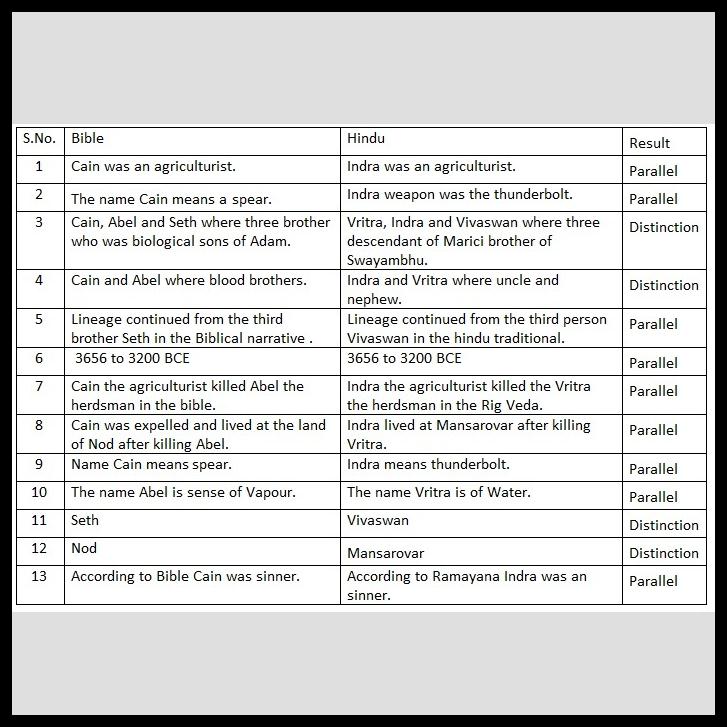
10 of 14 points are parallel between Cain and Indra?
Now in this table we have summarized the parallels and distinction in these stories.
First, the context. In both the cases there is indication beginning of agriculture. Cain was an agriculturist just as Indra was an agriculturist. In both cases we have an indication of metal working. The name Cain means spear just as Indra’s weapon was the thunderbolt.
Second, genealogy. Cain, Abel and Seth were three brothers who were biological sons of Adam. Vritra, Indra and Vivaswan where three descendants of Marici, brother of Swayambhu. The parallel is that the story revolves around three persons. The distinction is that the three were biological sons of Adam whereas they were grandsons of Swayambhu Manu’s brother Marici. Another distinction is that Cain and Abel were brothers in the Bible whereas Indra and Vritra were uncle and nephew in the Hindu Story.
Third, a parallel is that the lineage continued from the third person in both the stories. The lineage continued from the third brother Seth in the Biblical narrative and from the third person Vivaswan in the Hindu narrative.
Fourth, let us consider the time. The time for Cain in the Biblical tradition is from 3900 to 3200 BCE. The time for Indra in the Hindu tradition is from 3656 to 2712 BCE. Between these two, the period of 3656 to 3200 BCE is common. Therefore, we consider both the events to have taken place as approximately in at this common time.
Fifth, we come to the narratives. Cain the agriculturalist killed Abel the herdsman in the Bible. Indra the agriculturalist killed the Vritra the herdsman in the Rig Veda.
Sixth, Cain was expelled and lived at the land of Nod after killing Abel. Indra left his kingdom and lived at Mansarovar after killing Vritra.
Seventh, the names Cain and Indra are parallel since both mean spear or thunderbolt. The names Abel and Vritra are also parallel because both have a sense of water or vapour. The names Seth and Vivaswan; and Nod and Mansarovar are distinct.
Lastly, we come to theology. According to the Bible, Cain was a sinner. According to the Ramayana, the killing of Vritra was not justified. Hence Indra can be considered to be a sinner.
In this way we have 13 parameters and 14 observations. Out of these 14, we find ten parallels and four distinctions. These large numbers of parallels gives an indication that the two narratives may be related with each other and gives us an occasion to examine whether these two traditions may have some connection in the remote past. We welcome any further study on this point so that we can build a sense of friendship between these two major religious traditions.
My article to this effect is published in the Journal of Indo-Judaic Studies which you can see here- https://www.academia.edu/45294707/Torah_Hindu_Parallels_in_the_Narratives_of_Five_Persons

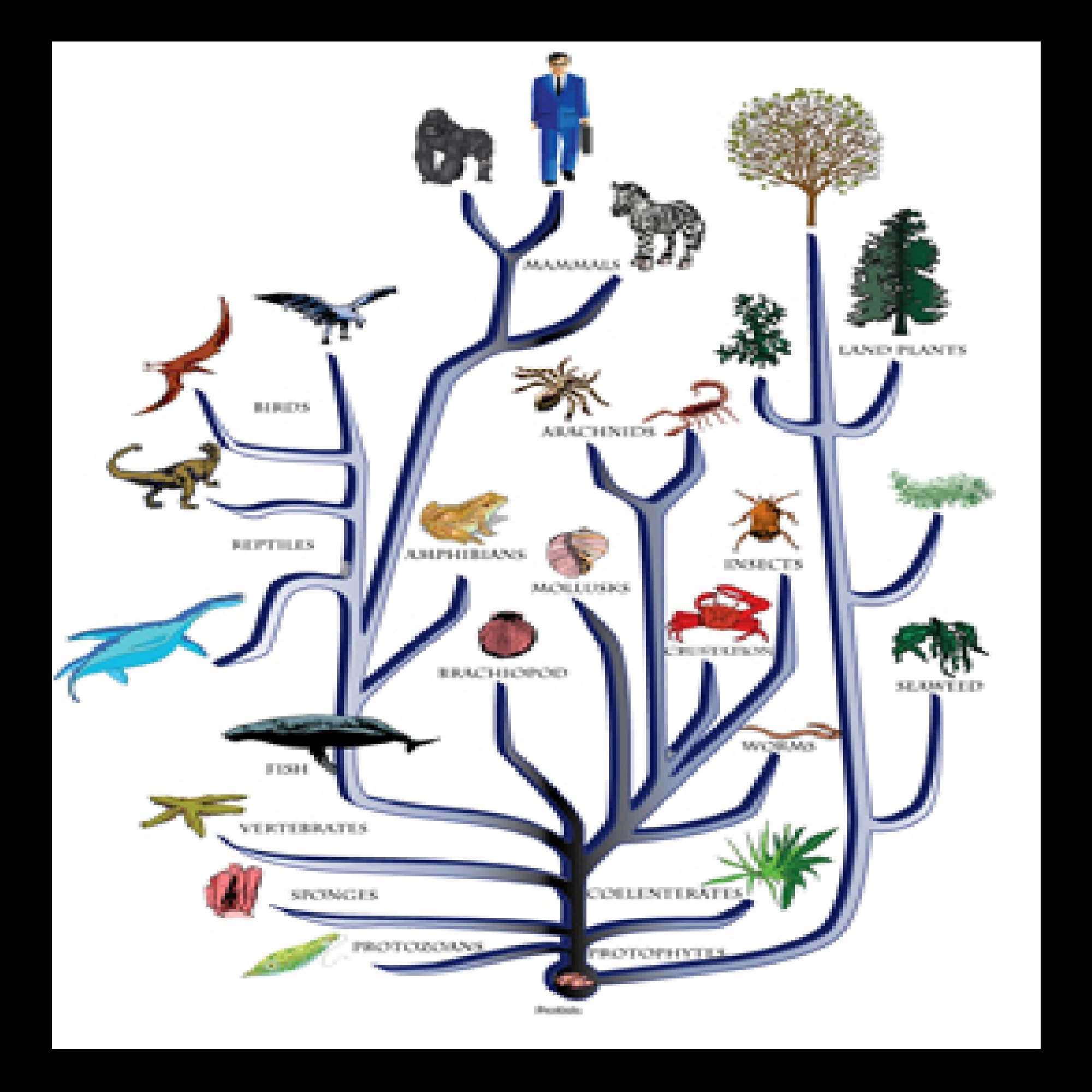


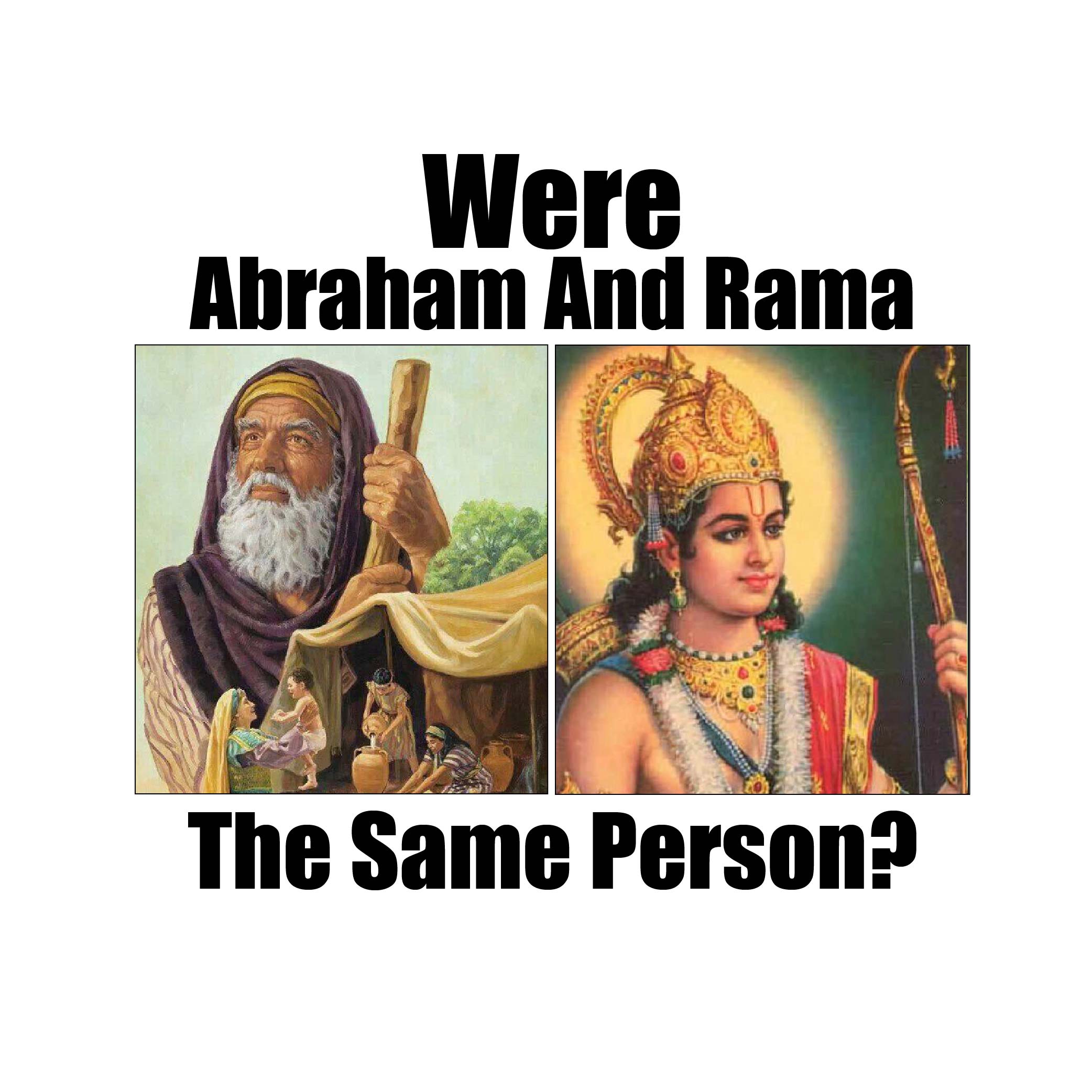

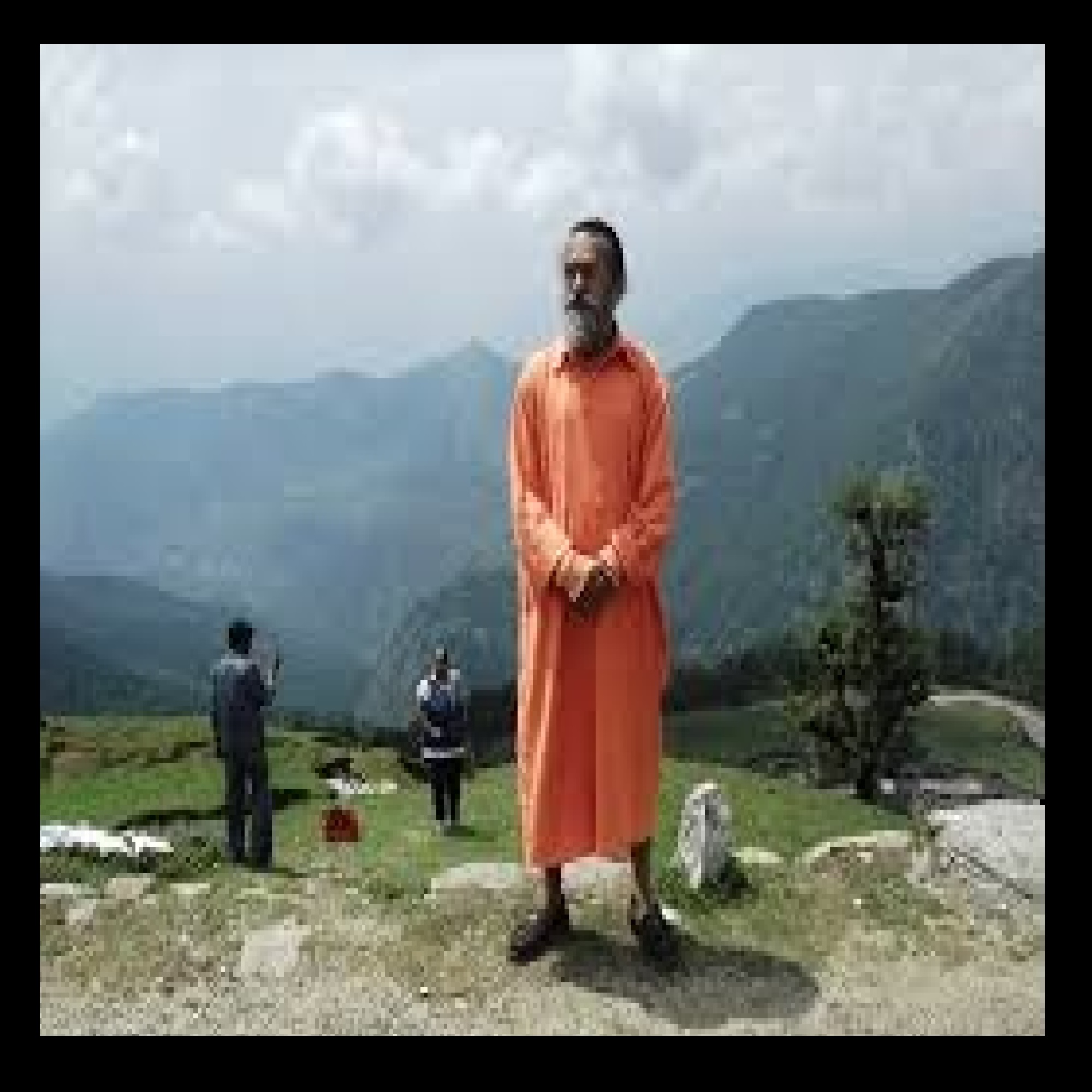
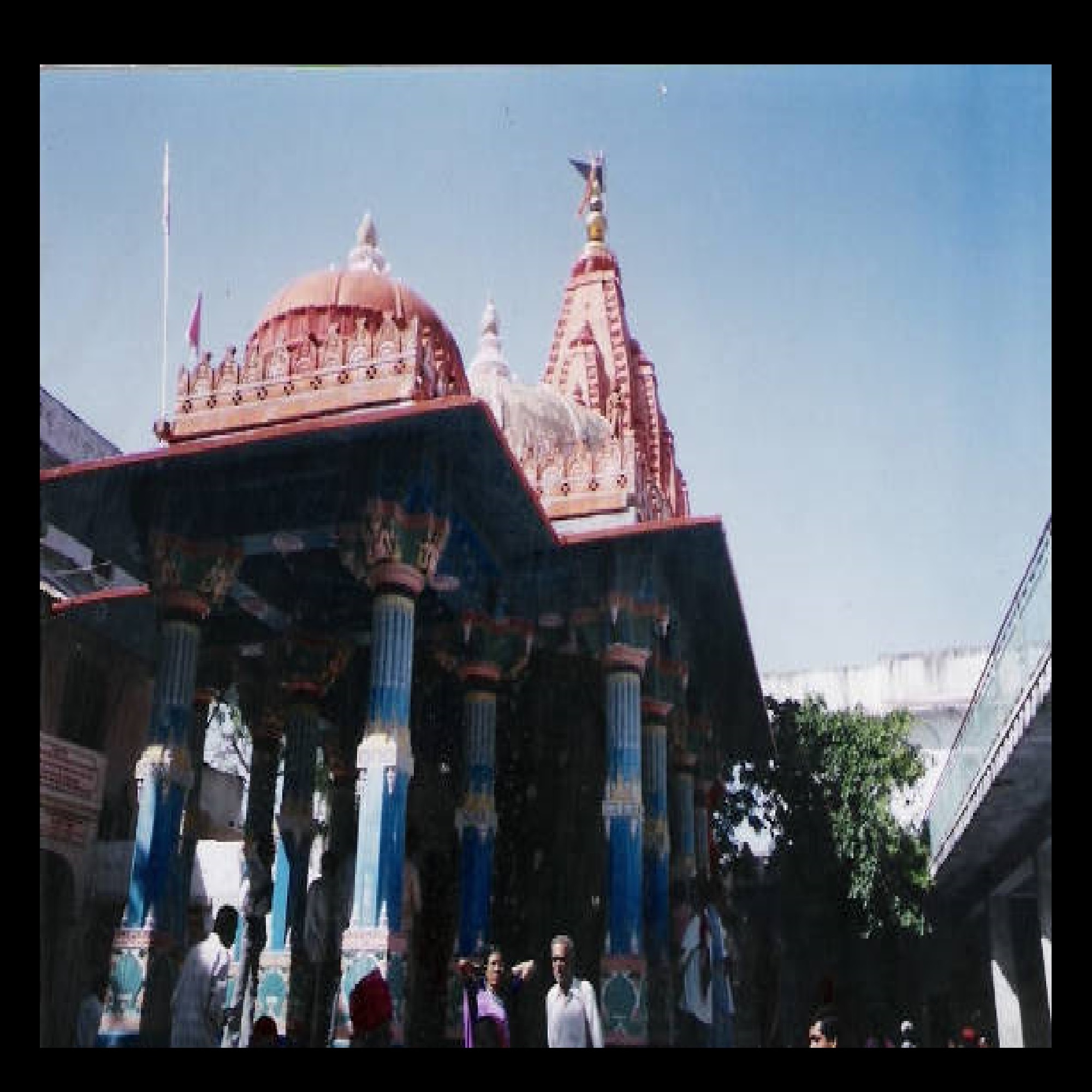

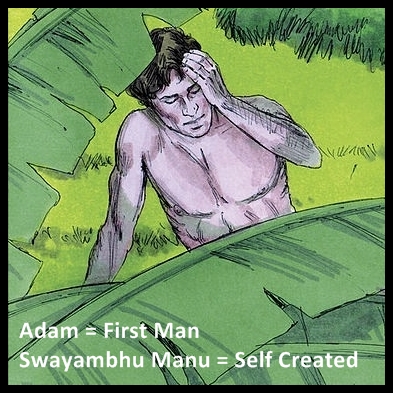
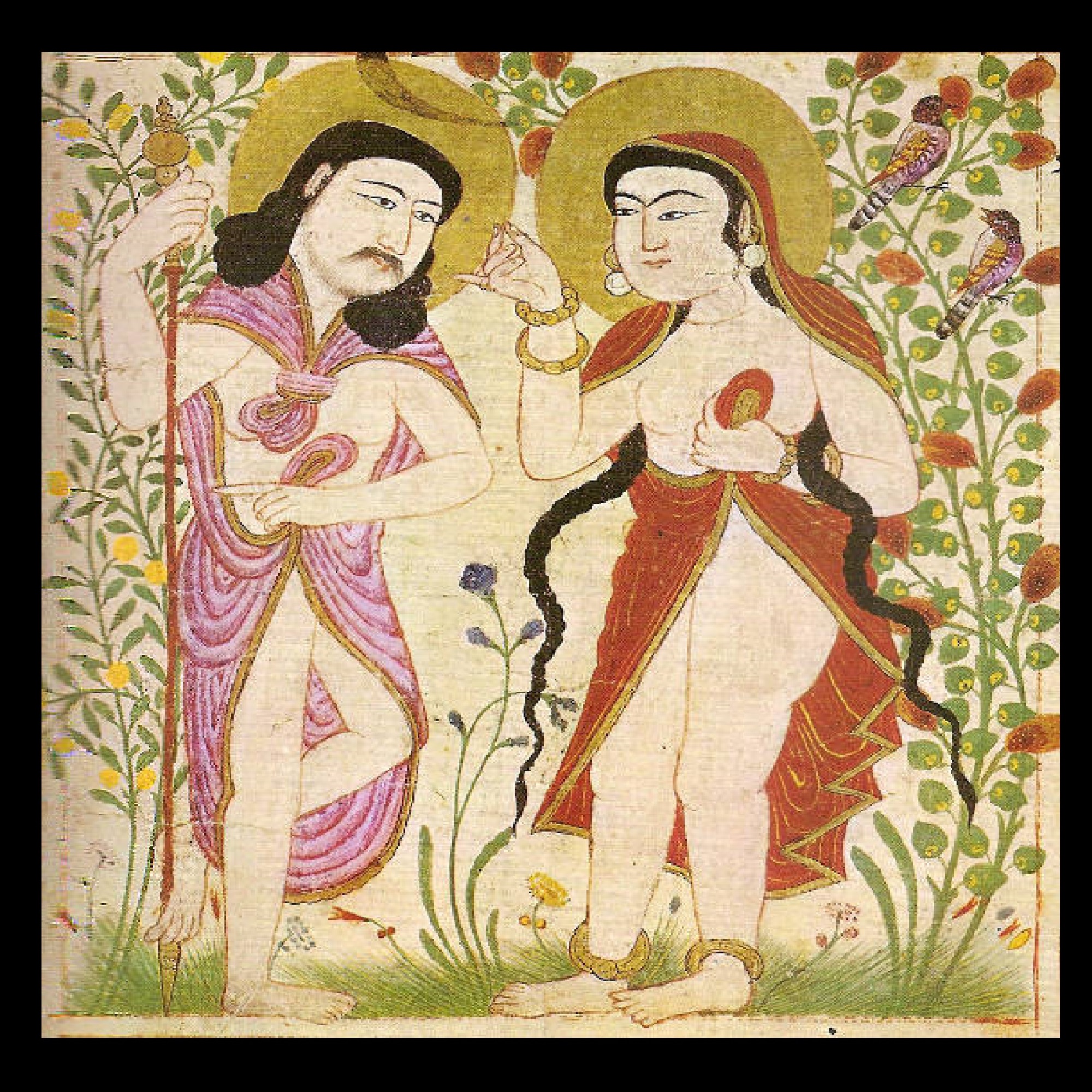
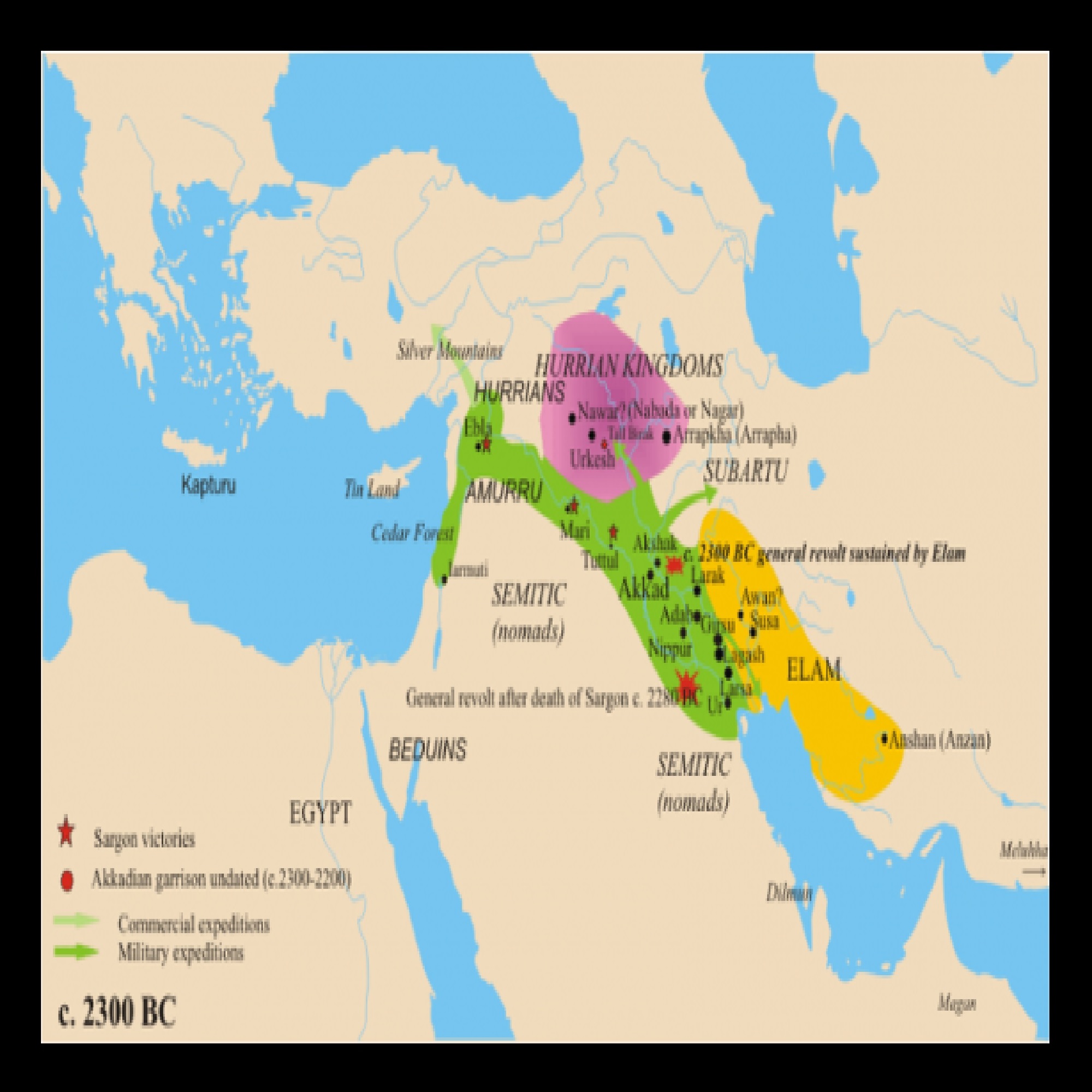
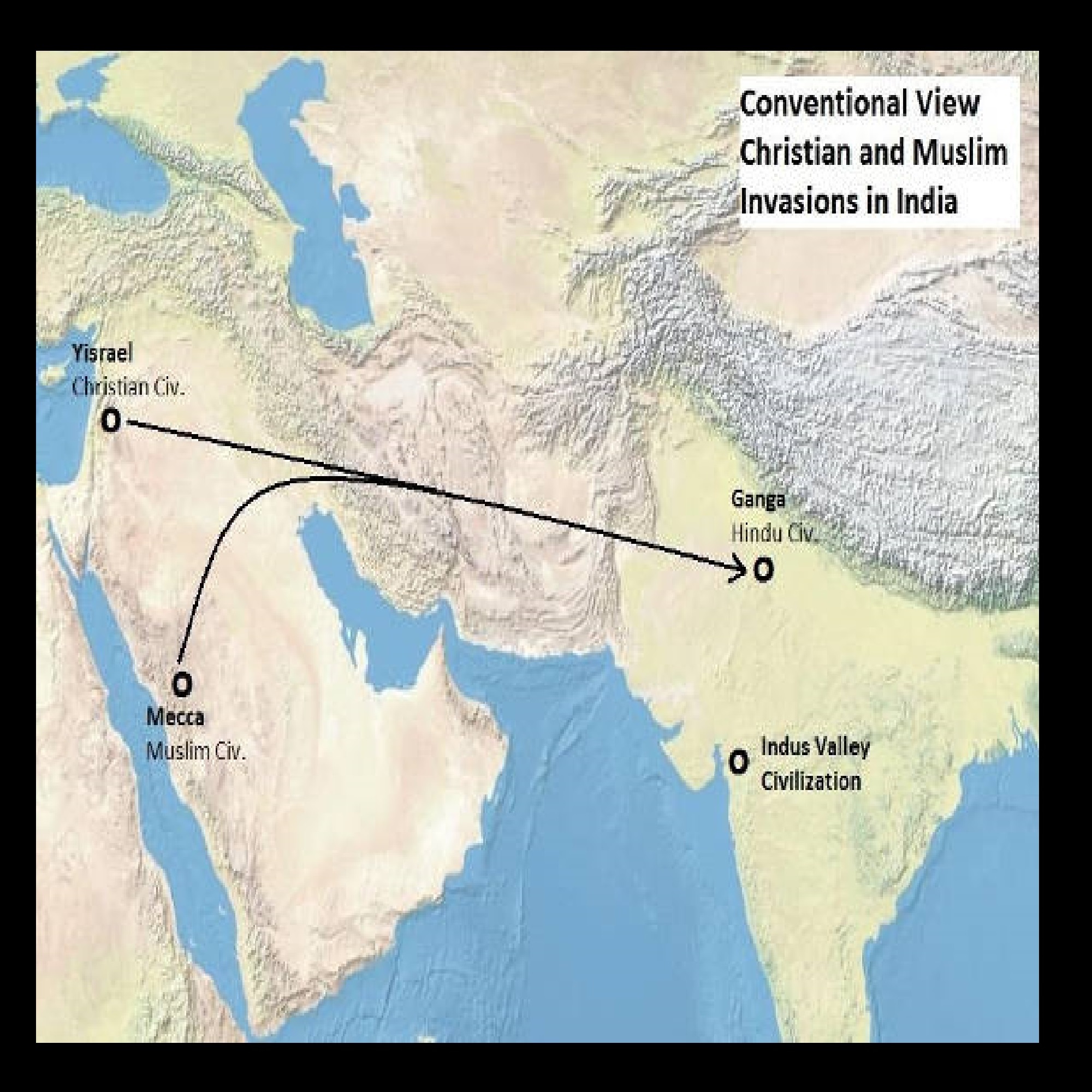
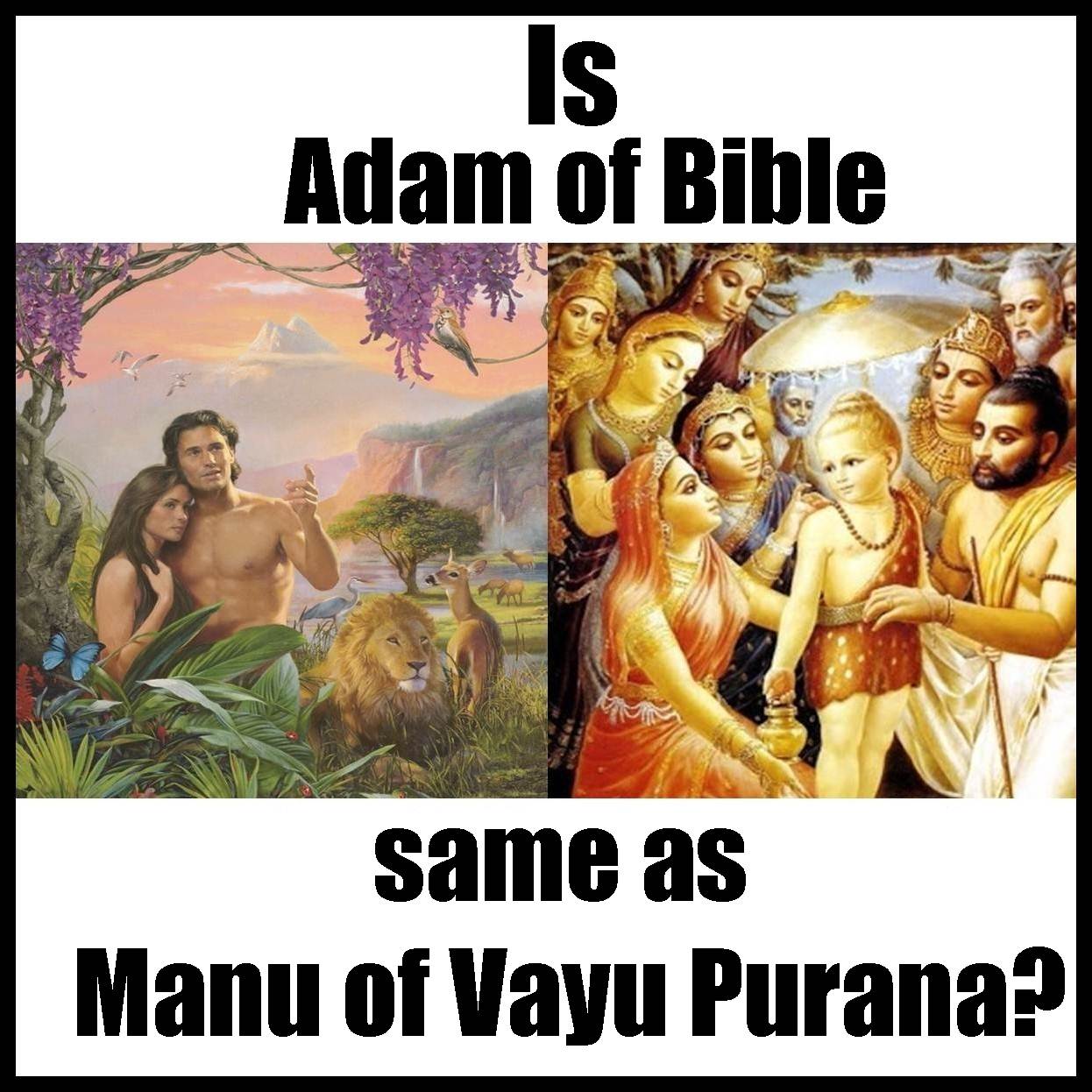
Comments on “Wherefrom the similarity between Hindu Indra and Biblical Cain?”
Comments are closed.